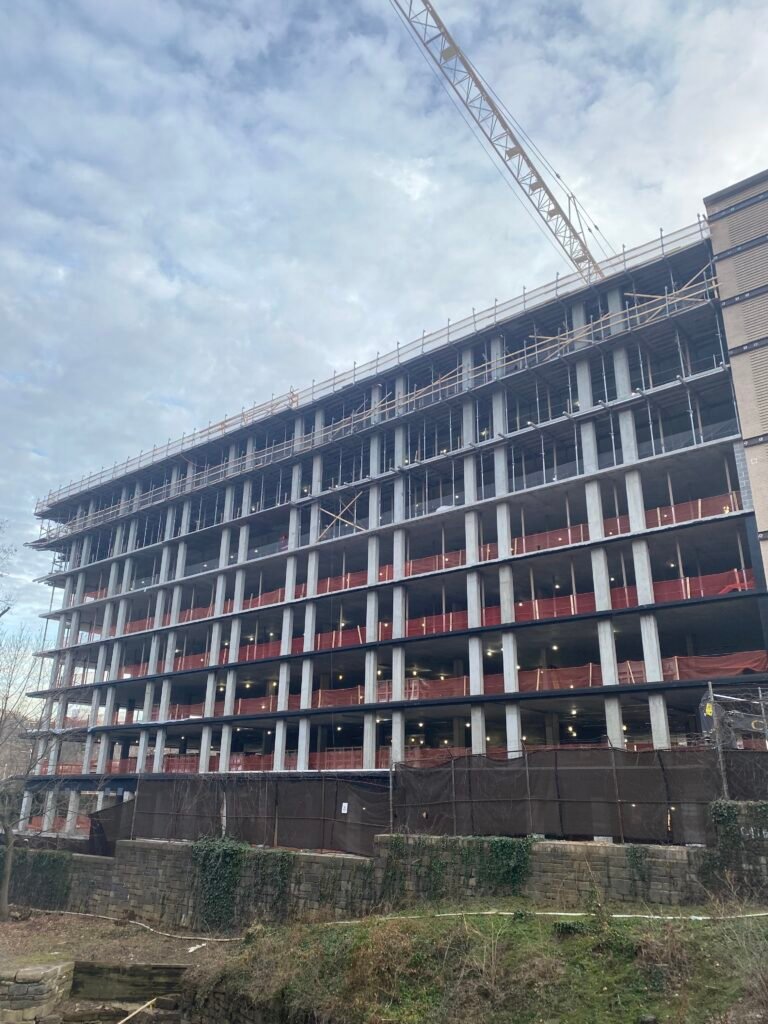The Rise of Branded Luxury Residences
The demand for branded luxury residences is experiencing notable growth, driven by factors such as increasing wealth concentration, increasing mobility, and the rising demand and desire for luxury living experiences. Branded luxury residences are high-end private residential properties that are affiliated with a well-known luxury brand, typically within the hospitality or luxury lifestyle sectors, and that offer hotel services to permanent residents, combining hospitality and residential living. According to BRESI, the branded residences sector’s compound annual growth rate (CAGR) has consistently ranged between 11 percent and 16 percent since 2000.
In a 2023 research article, Savills reported that over the past decade, branded residences schemes have increased by over 160 percent, with North America accounting for just over one-third of the total supply and the Asia Pacific and West Asia regions accounting for an additional 40 percent of the total supply. North America, the sector’s birthplace, has seen its global activity decrease from over 50 percent before 2015 to an expected 25 percent by 2031, according to BRESI. Savills’ Branded Residences Annual Report 2024/2025 states that in 2024, the branded residential sector added another 240 projects to the development pipeline across 100 markets globally. The report states further that Dubai retains its place as the most active market internationally for branded residences, followed by hotspots in Miami, New York, Phuket and London.
The Leading Hotel Brands
“Hotel brands account for 79 percent of the branded residence sector globally, and, within the hotel-branded sub-sector, roughly two-thirds are positioned within the luxury segment with the remaining sub-sector involving midscale, upscale and upper-upscale brands[,]” according to Savills which states further that in terms of parent companies with a number of brands in their remit, Marriott International retains its position in 2024 as market-leader with Accor vying for leadership in the sector. The report states further that the most active individual brand in the sector in 2024 was The Ritz-Carlton, followed by Four Seasons, and then followed by St. Regis, Fairmont, and Rosewood, all vying to be the third, most active single brand.
Non-Hotel Brands
According to BRESI, citing data from Graham Associates, there are currently more than 200 brands actively involved in branded real estate and more than 60 of those brands are non-hospitality brands, coming from a wide spectrum of industries, from fashion houses, F&B, automotive, to publishing. Forbes reports that non-hotel-branded residences are expected to increase by 40 percent within seven years. In the non-hotel branded space, which represents 21 percent of the global sector, YOO remains the market leader with its collective brand denominations, according to Savills.
Boutique Hotelier reports that fashion houses such as Armani and crystal maker Baccarat have launched or announced residential projects around the world in recent years and in the U.S., luxury car maker Mercedes-Benz will open Mercedes-Benz Places in Miami—a mixed-use tower consisting of 791 residences, a 174-key hotel, 20,000sf of office space, health and wellness facilities, retail space, and on-site parking. Other non-hotel market entrants include Bulgari, Fendi, Aston Martin, and Cipriani.

Photos: Ramin Seddiq
Last Updated on May 25, 2025 by Ramin Seddiq


